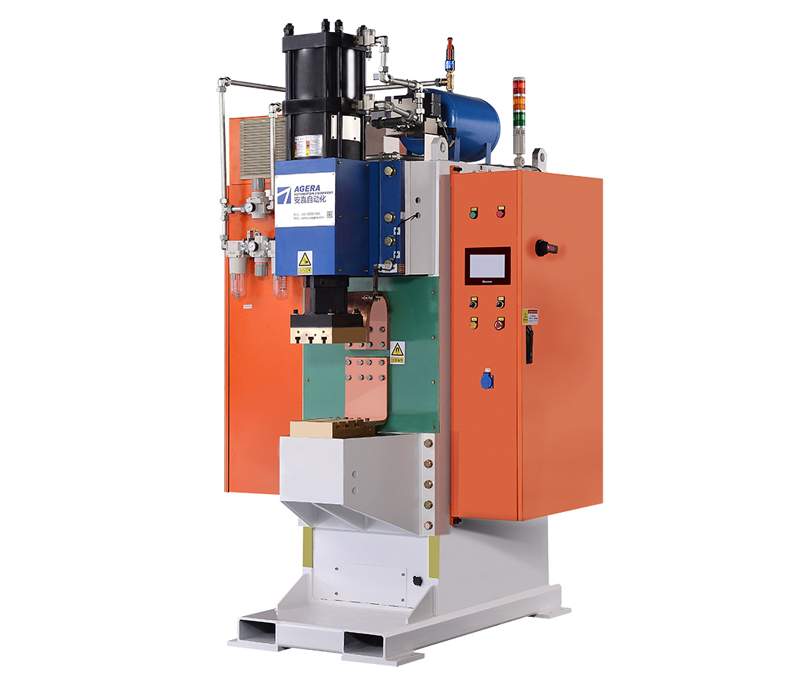In the realm of capacitor discharge welding machines, the regulation of charging current plays a pivotal role in ensuring safe and efficient welding operations. This article delves into the significance of limiting charging current, its implications, and the measures taken to achieve controlled charging currents in these machines.
Capacitor discharge welding machines rely on the controlled release of stored electrical energy to create strong welds. An integral aspect of this process involves managing the charging current that replenishes the energy storage capacitors. Limiting the charging current serves several important functions:
- Preventing Overheating: Charging the capacitors too rapidly can lead to excessive heat generation, potentially damaging components or affecting the overall machine performance. By imposing a controlled current limit, the risk of overheating is minimized.
- Enhancing Safety: Restricting the charging current mitigates the chances of electrical malfunctions or component failures that could pose safety hazards to operators and equipment.
- Preserving Component Lifespan: Excessive charging currents can accelerate wear and tear on the machine’s electrical components, reducing their operational lifespan. Controlled charging helps extend the longevity of critical components.
- Consistency and Reproducibility: Limiting charging current contributes to the consistency and reproducibility of the welding process. This consistency is essential for producing uniform and reliable welds across various workpieces.
- Minimizing Voltage Spikes: Uncontrolled charging currents can lead to voltage spikes that may interfere with the welding process or cause damage to sensitive electronics. Regulating the current helps prevent such spikes.
Achieving Controlled Charging Currents:
- Current Limiting Circuits: Capacitor discharge welding machines are equipped with current limiting circuits that monitor and regulate the rate at which the energy storage capacitors are charged.
- Adjustable Settings: Operators can often adjust the charging current settings based on the specific welding requirements, ensuring optimal energy transfer while maintaining safe operating conditions.
- Thermal Monitoring: Some machines incorporate thermal monitoring mechanisms to prevent overheating. If the temperature exceeds safe limits, the charging current may be automatically reduced.
- Safety Interlocks: Modern capacitor discharge welding machines may include safety interlocks that halt charging if any abnormal conditions are detected, safeguarding the equipment and personnel.
In the realm of capacitor discharge welding machines, the regulation of charging current is of paramount importance. By limiting the charging current, manufacturers can achieve safe, efficient, and consistent welding processes that yield high-quality results. The integration of current limiting circuits, adjustable settings, thermal monitoring, and safety interlocks ensures that the charging process remains under control, contributing to both operational reliability and operator safety.
Post time: Aug-14-2023








